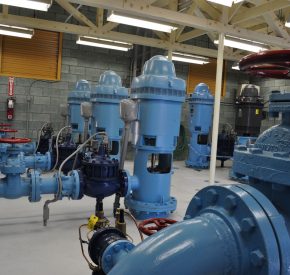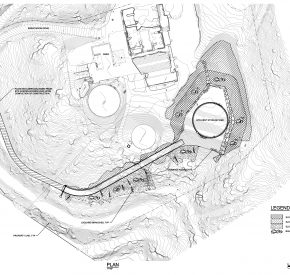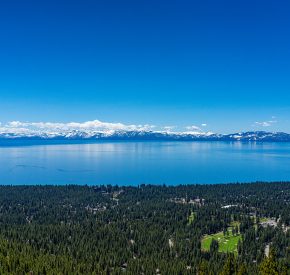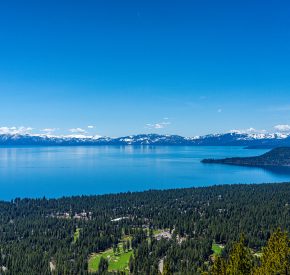

Water & Sewer Bill Pay
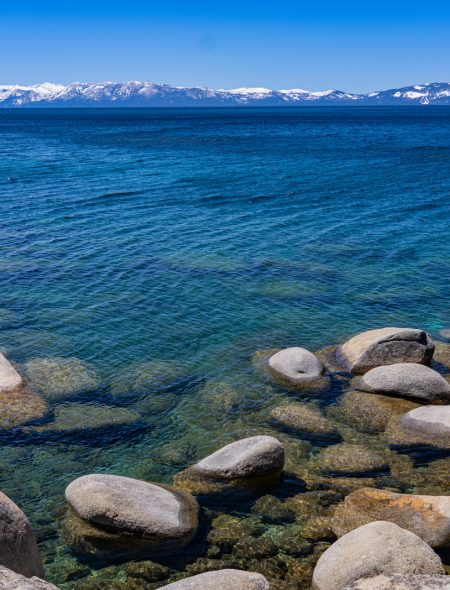
Rates & Billing Information
Never forget a payment again! It is FREE to sign up for auto payment of your bill from your checking account! Just fill out the form below and submit it to our office by email/fax/mail with a copy of a voided check.
Click here for online account access and to pay your bill online immediately.
Contact Public Works
- Customer Service/Billing: (775) 832-1203
- 1220 Sweetwater Rd., Incline Village NV 89451
- Monday-Friday 8:00am to 4:30pm
Online Account Access
With ONLINE ACCOUNT ACCESS you are able to:
- Go Paperless with emails of statements and the PW News
- Get email notification of a potential leak at your property
- Get notification of past due balance on your account
- See meter reads right after they are completed
- View prior year statements for tax preparation
- Pay by credit card or eCheck (subject to service fee)
- Change your mailing address & phone #’s
- Check your current balance
How can payments be made on accounts and where are payment drop-off locations?
Payments for Public Works accounts can be made by:
- Check
- Money order
- Cash
- FREE monthly Automatic Payment from a checking account
- Thru online bill payment with your bank
- Via our Online Account Access (will be subject to a service fee)
A 24 hour drop box is located at the IVGID Admin office at 893 Southwood Blvd. Payments can also be made at the Public Works office during business hours, which is located at 1220 Sweetwater Rd.
What forms of payment are accepted with Online Account Access and what are the service fees?
Payment can be made by eCheck or with a Visa, MasterCard or Discover credit card. EChecks will be charged a flat rate of $1.50 per transaction and credit cards will be charged a service fee of 2.45% with a $2.00 minimum transaction amount.
Why is there a service fee when paying with Online Account Access?
The payment processor and your credit card collect these fees. IVGID does not collect this fee or any of the revenue.
Can I make a one time payment by credit card without setting up an Online Account Access account?
Yes! On the login page click the “Checkout as Guest” link. You will need to enter the account number exactly as it appears on the statement (including dashes). You will then need to verify the correct information is displayed for the account you wish to pay and then specify the amount of payment you would like to make. A service fee will apply for online payments.
Frequently Asked Questions
How often are bills generated and what are the payment due dates?
Water and sewer utility bills are generated monthly. Payments are due by the 15th of each month, or the following business day if this date falls on a weekend. Payments made after this date will not be reflected on your next statement.
How are water and sewer billing rates determined?
A rate study is performed anytime water and sewer rates need to be evaluated for change. Base rates are determined off of the cost of operation, maintenance, repair, and administration costs. Details of the rate study are presented to the Board of Trustees. Capital charges are collected to fund the replacement of infrastructure and assets in the District. Water tier rates are in place to encourage water conservation and cover any costs associated with having to increase the water rights held by the District. Our annual Water Management Plan is a reporting requirement to the State of Nevada and details the water consumption in the District.
Water & Sewer Rate Structure
The Public Works budget is comprised of water, sewer and general administration categories. Water is further broken down into water supply, pumping, treatment, transmission and compliance. Sewer is further broken down into effluent disposal, pumping, treatment, collection and compliance. General administration includes customer service, legal, lobbying, central services and other miscellaneous expenses. The general administration is spread evenly between sewer and water. Trash will not be a part of this discussion.
The water and sewer rates are based on the water and sewer budgets and are made up of three main components - fixed charges, variable charges, and capital improvement charges. Each major division in the water and sewer budget has a portion of fixed and variable costs and the rates are designed to fund these expenses. The fixed, variable and CIP rate components are discussed below.
Understanding your bill
Fixed Charges
To provide water and sewer services, there is a portion of the costs that are fixed charges. These are sometimes called the ready to serve costs. Essentially, there is a certain level of costs that are incurred to staff, operate and maintain our system prior to delivering any water or treating any wastewater from our customers. There is a requirement for minimum staffing to be prepared to provide service, a certain amount of supplies such as tools, training, and equipment that are needed to be ready to serve and there are electrical and gas charges to our facilities so that they can be ready to serve our demands. These fixed charges are calculated as a percentage of the budget components to determine the fixed charges of operating the water and sewer system.
Consumption Charges
To provide water and sewer services, there is a portion of the costs that are variable charges. These charges are the costs to treat and distribute water and to collect, treat and dispose wastewater. The variable charge for water is essentially the cost to pump it out of Lake Tahoe, treat the water and deliver it to the customer. The variable charge for sewer is essentially what it costs to collect the wastewater and deliver it to the wastewater plant, treat the wastewater, pump and dispose of the effluent and biosolids. This requires staff, chemicals, supplies, tools, equipment, and energy to perform these services.
Capital Improvement Charge
The capital improvement charge funds the replacement of water and sewer infrastructure. There are separate connection fees to new customers to buy into existing infrastructure. The capital charge is based on funding the costs of the five year capital improvement plan with a consideration for the multi-year capital plan.
Defensible Space Fee
The Defensible Space Fee pays for the work IVGID does on its property to manage the watershed and reduce fire fuel loads. This work also provides a protective boundary for the homes of Incline Village and Crystal Bay from the potential destruction caused by wildfires. The Fuels Management Program began in 1991 in a collaboration of the NLTFPD and IVGID. Annually approximately $450,000 to $500,000 is spent to maintain the 1,000+acres of land IVGID owns. The defensible space fee on the Public Works statement pays for 50% of the IVGID share of costs for fuels treatment. The other 50% share of this cost is paid by the IVGID Recreation Facility Fee. The Angora Fire in South Lake Tahoe and wild fires in other mountain regions continue to remind us of the significance of this effort in our community.
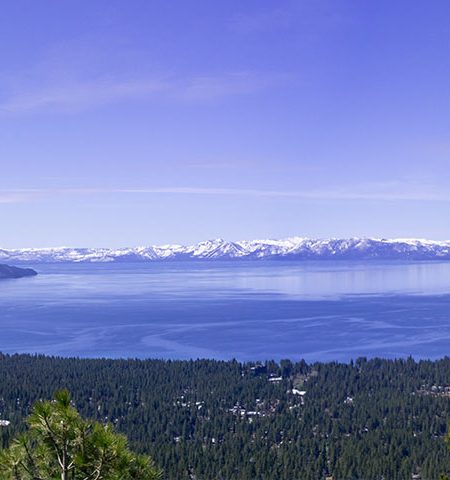
Rate Study Documents
Click here to view the Rate Study documents used in setting utility rates.

